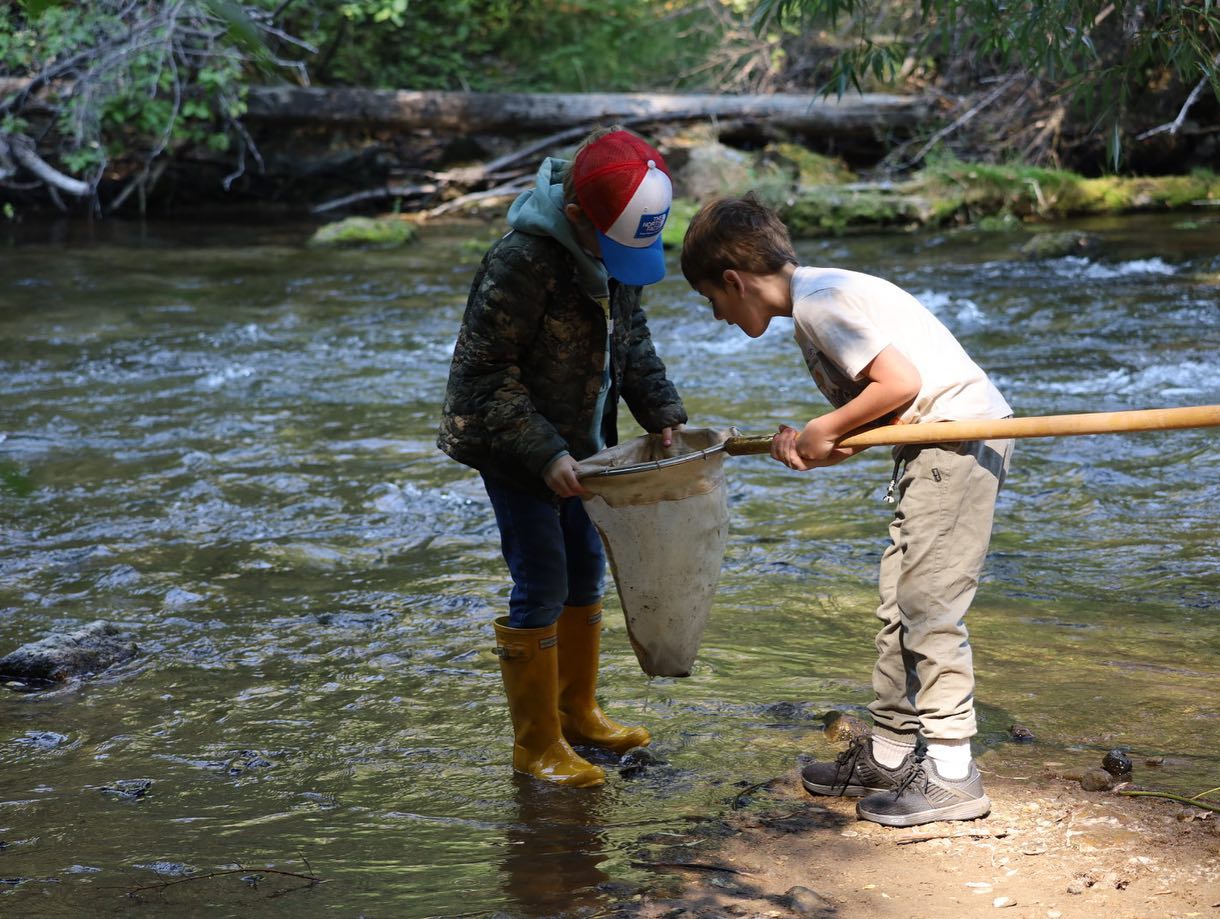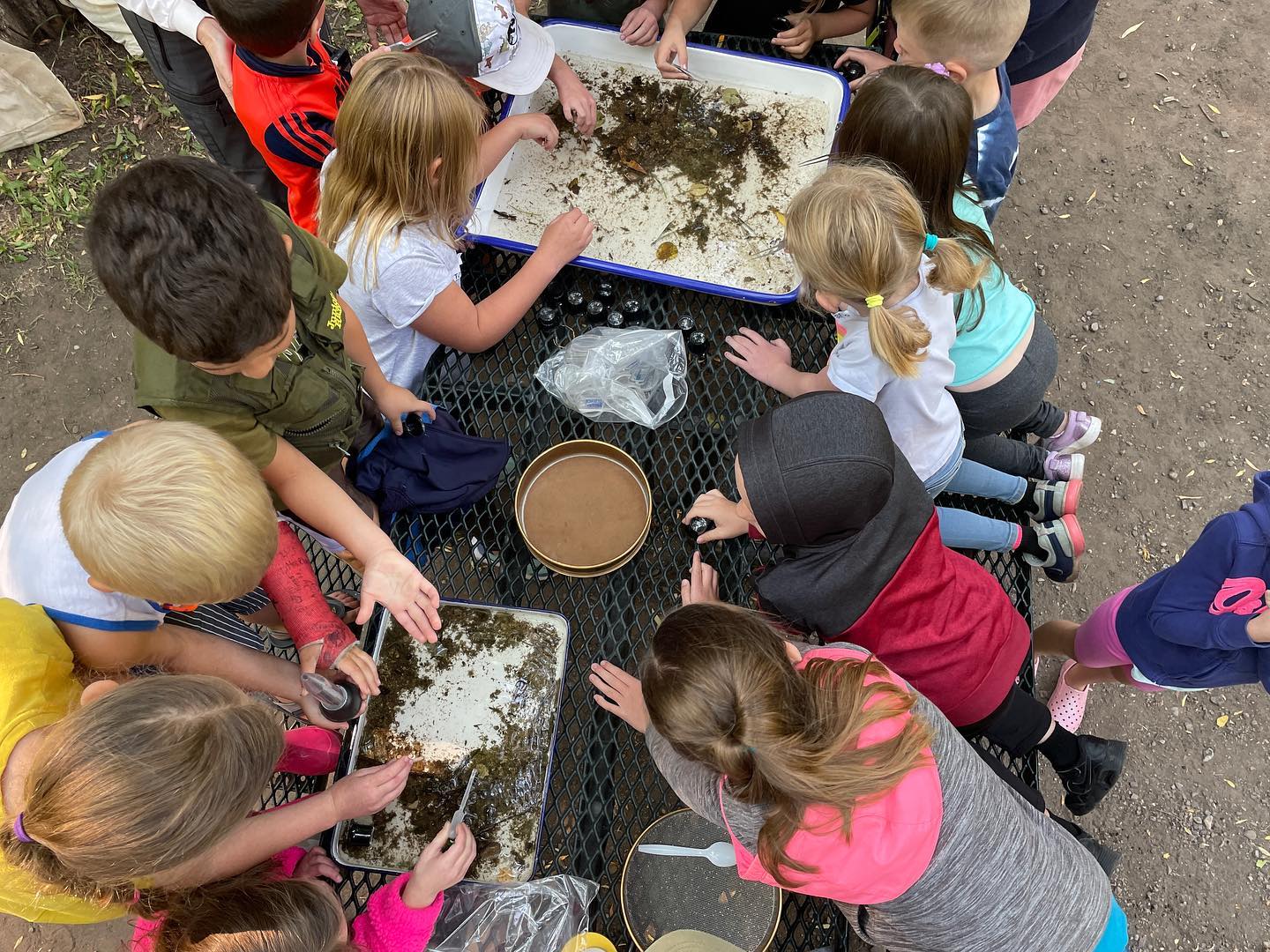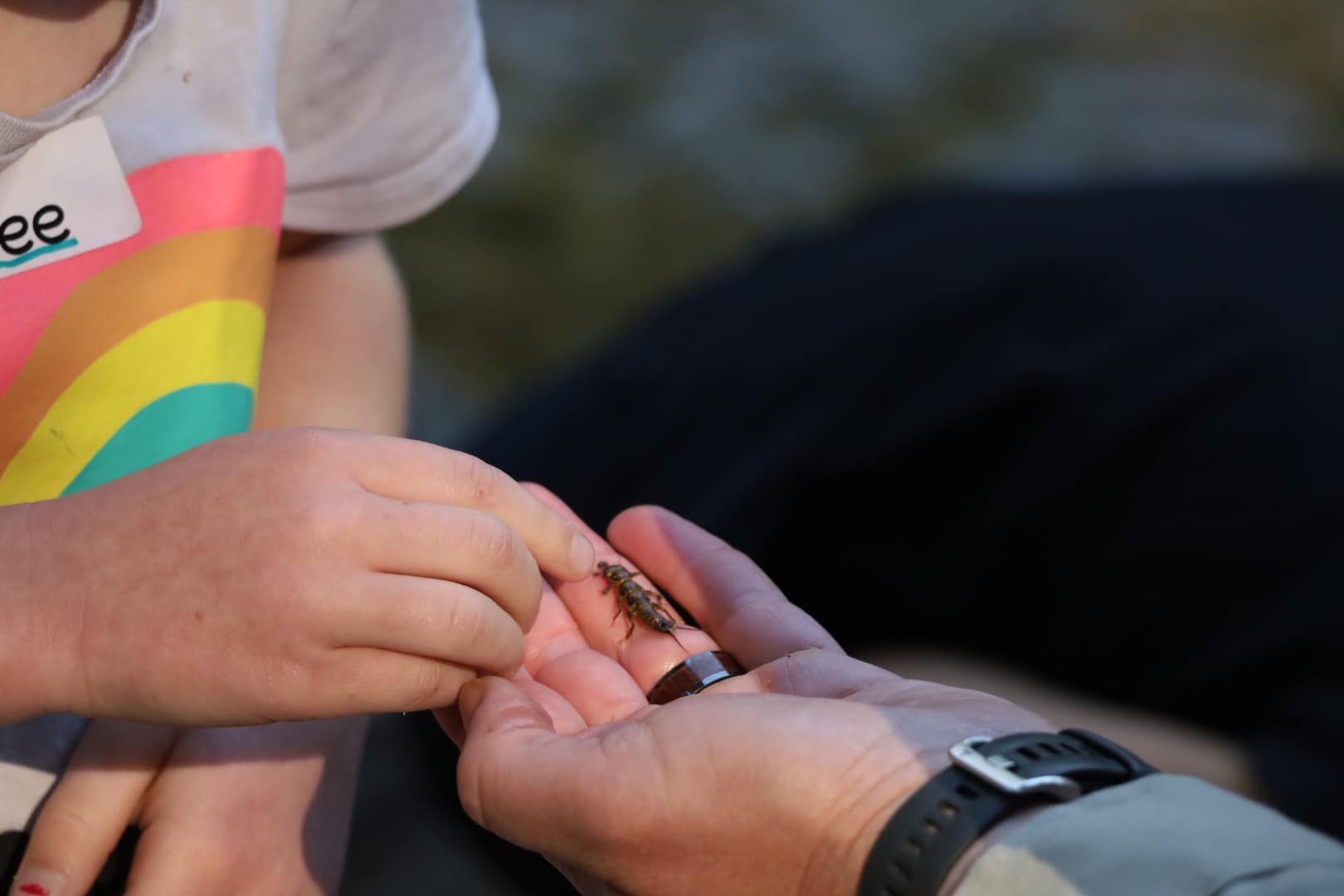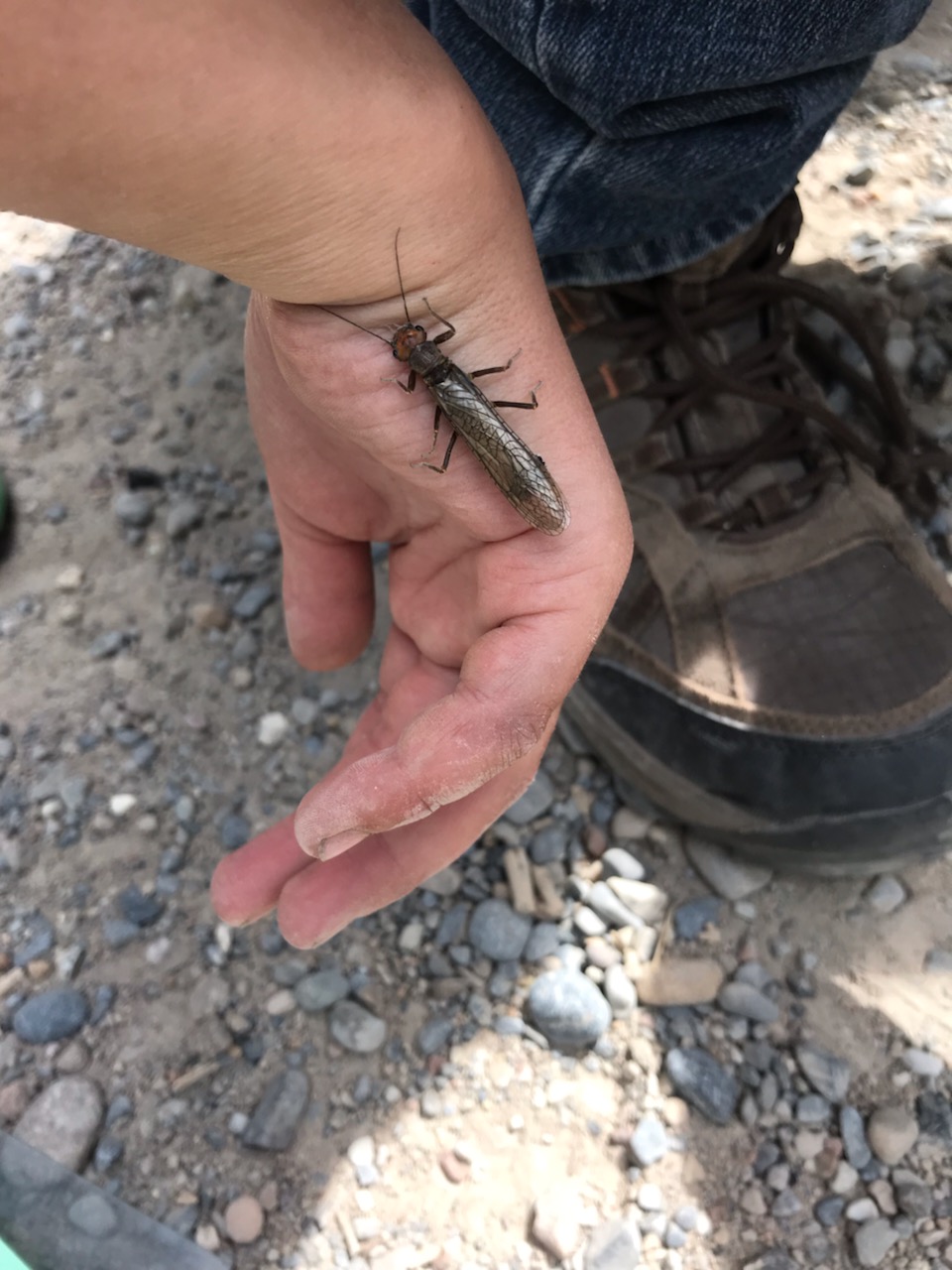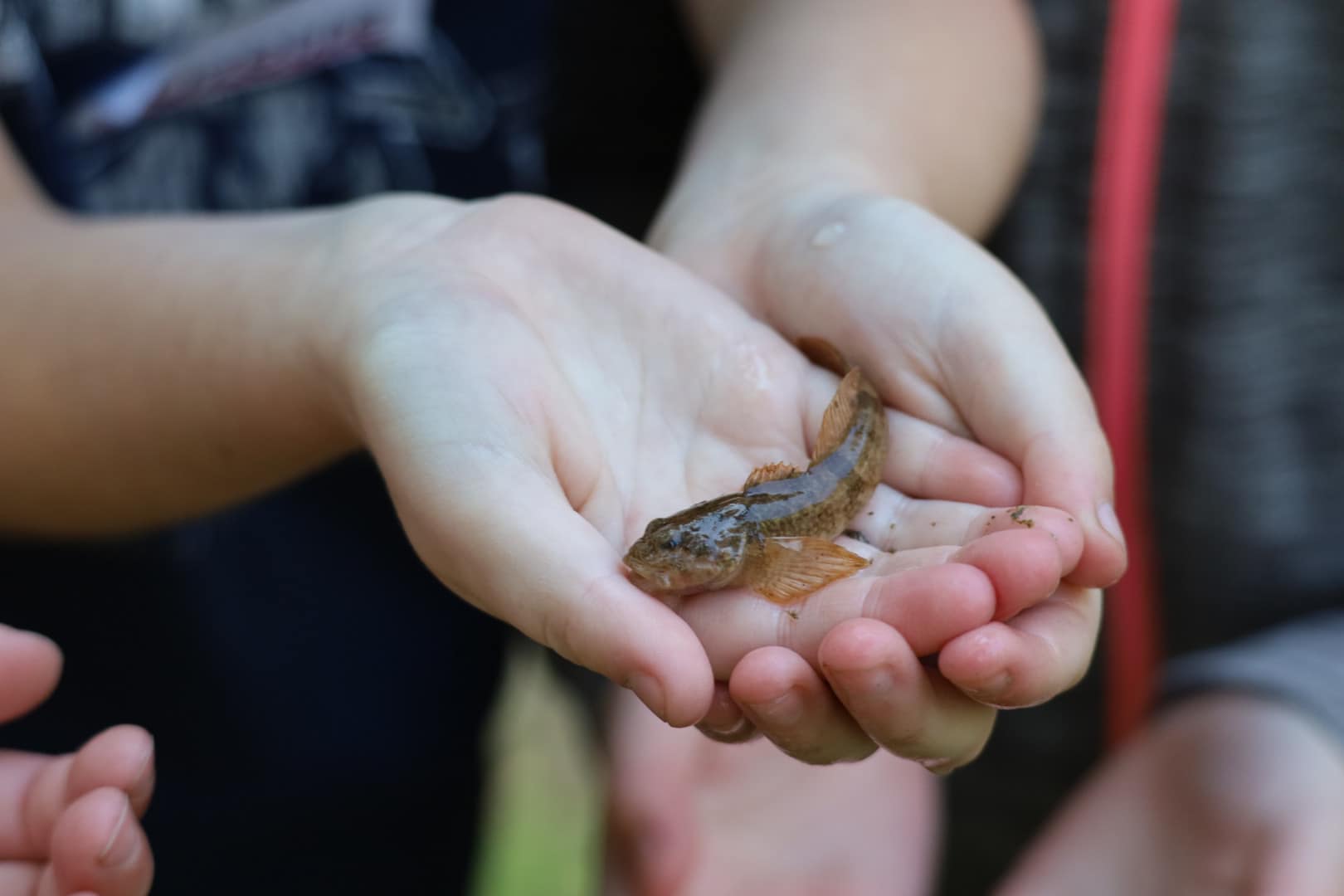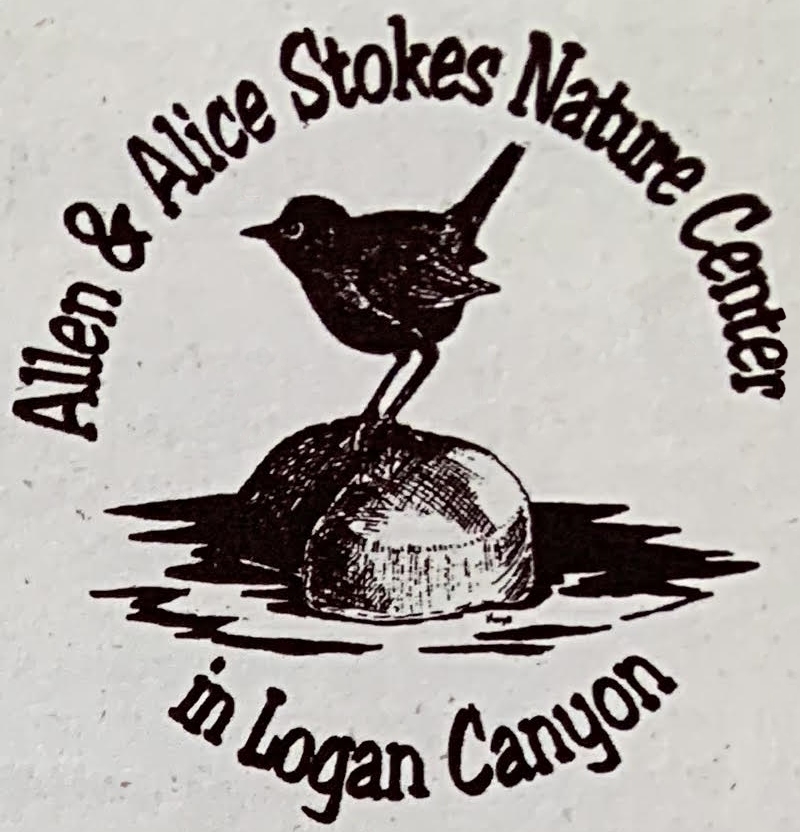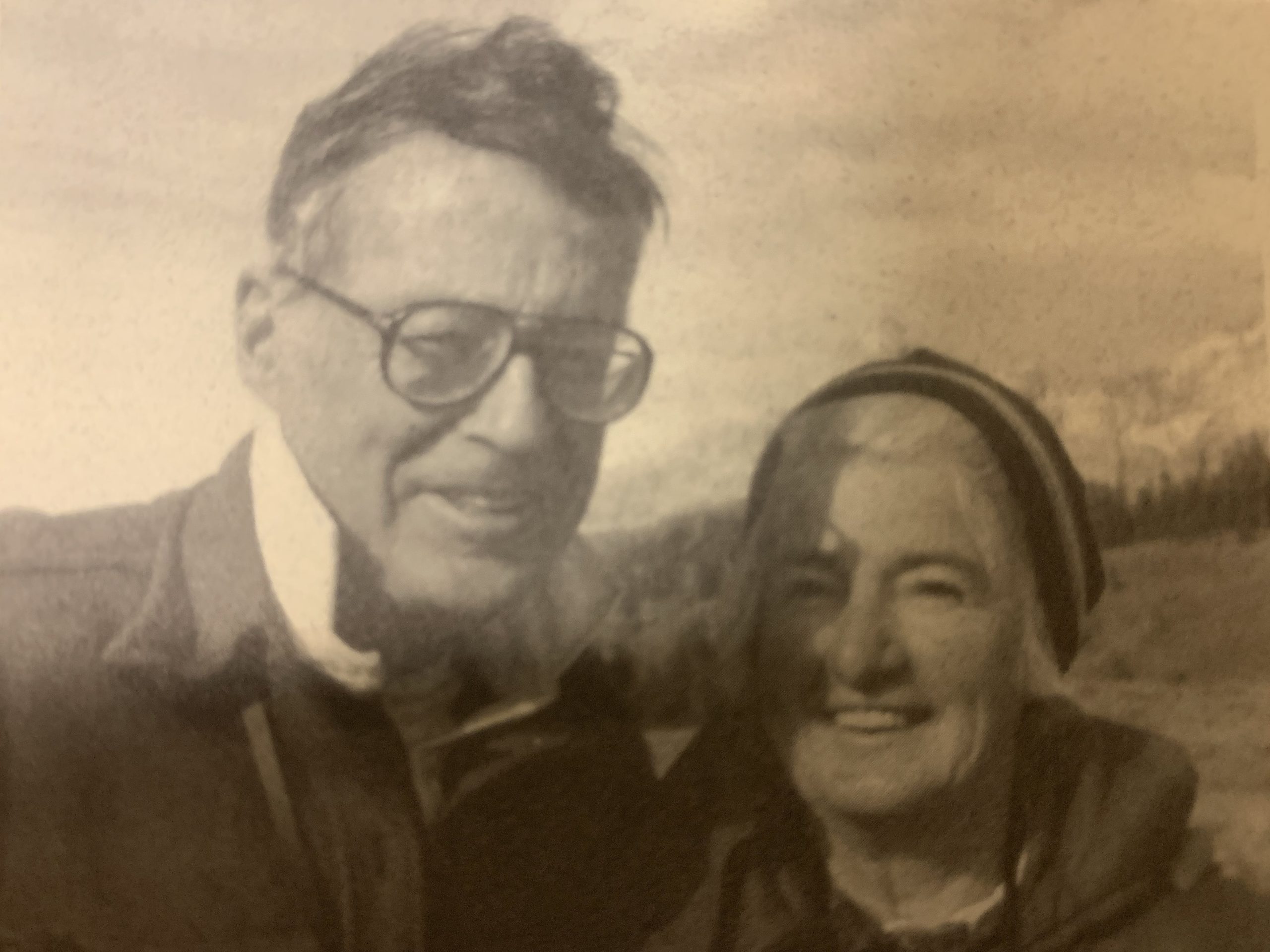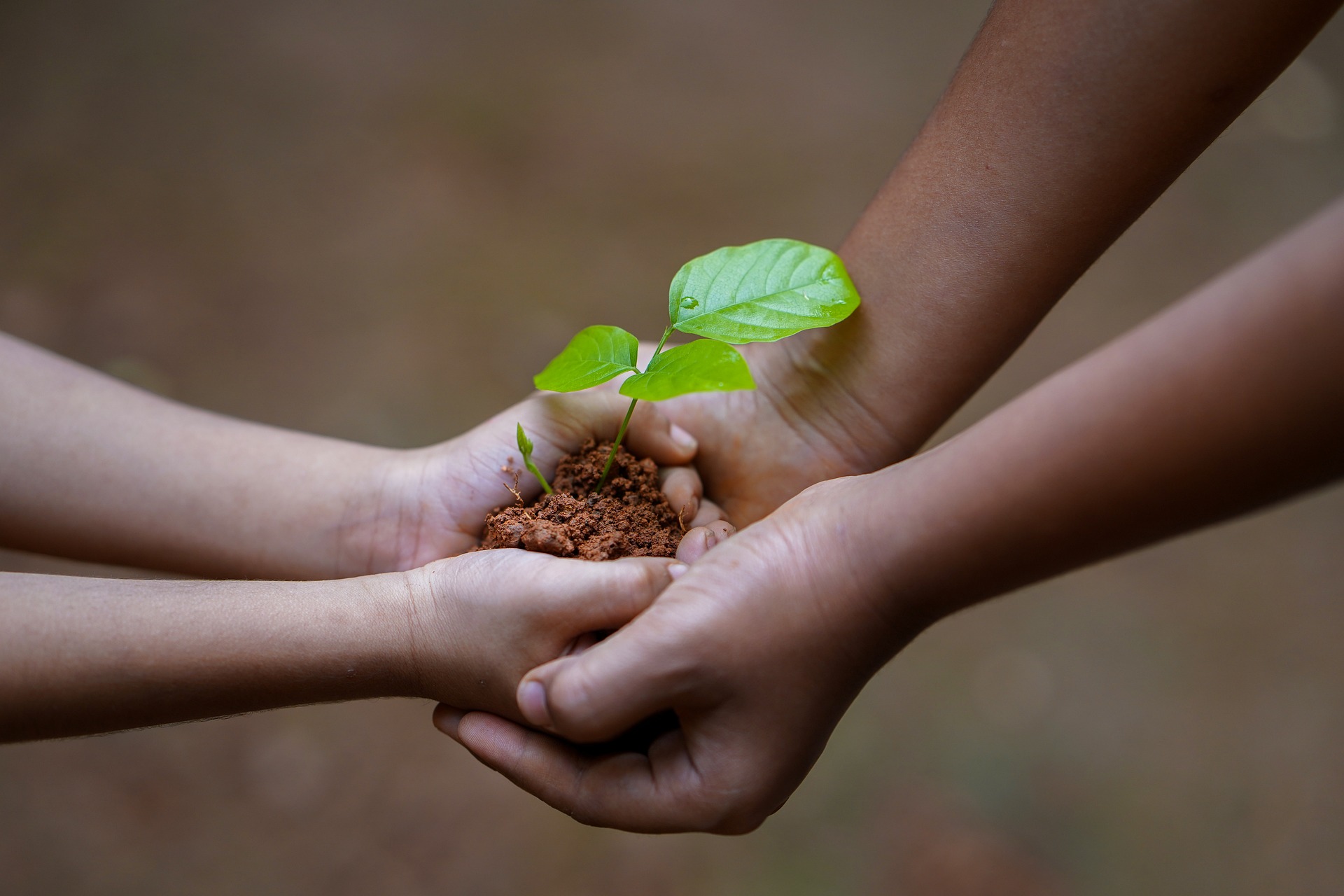
Courtesy Pixabay
Shameer PK, Contributor
A few years later, I moved to Utah with a new paradigm. Good fortune occurred when I was invited to attend a meeting to explore how a 136 acre parcel of former Defense Depot of Ogden land deeded to Ogden City might serve the greater Ogden community. I, along with other like-minded folks, posited the idea of a community nature center. Following four years of a dedicated, visionary, hard-working assemblage, we opened the gates to the Ogden Community Nature Center. two additional parcels of land have been added since then.
“Our mission is to unite people with nature and nurture appreciation and stewardship of the environment. Since it was founded in 1974 as Utah’s first nature center, the Ogden Nature Center has provided a place where people can go to enjoy and learn about the natural world.”
The 152-acre preserve is our foundation, but education is our focus. Each year the Ogden Nature Center brings more than 50,000 children, teachers, and adults together with nature through hands-on field classes.”
Many years later, I found myself in Cache Valley. Given my deep involvement with the Ogden Nature Center, I immediately began scanning the horizon for another nature center possibility. After a decade of fits and starts, a partnership was created, to resurrect an abandoned American Legion building in Logan Canyon on Forest Service land. The building was near collapsing from neglect. Used as a party place, the fireplace hearth was replaced with a lovely fire ring in the middle of the floor. The roof had been opened to the stars, which accommodated bonfire smoke.
This invited an extreme makeover. The Cache community came to the rescue with an incredible generosity of dollars, materials, and skilled labor to bring the languishing building back to life. This was followed by opening the doors in 1997 for public use and educational programs for the Cache Community. Since that time, many thousands of Cache citizens have benefited from its myriad programs and lovely setting. A satellite site is being developed in nearby Nibley.
“The Allen & Alice Stokes Nature Center is Cache Valley’s local nature center and outdoor exploration hub for people of all ages. Our mission is to provide nature education and promote outdoor exploration for the people of all ages. Our vision is for People of all ages to appreciate and become stewards of our natural world.” Get the latest nature center news at logannature.org.
Other nature centers are scattered around Utah, from the Tonaquint in St. George, to the newly emerging Tracy Aviary Jordan River Nature Center near Salt Lake City.
Jack Greene for Bridgerland Audubon Society, and I’m wild about Utah’s nature centers!
Credits:
Ponderosa Pine Pictures: Courtesy Pixabay, Shameer PK, Contributor https://www.pixabay.com/
Audio: Courtesy & © Kevin Colver, https://wildstore.wildsanctuary.com/collections/special-collections
Text: Jack Greene, Bridgerland Audubon, https://bridgerlandaudubon.org/
Additional Reading: Lyle W Bingham, Webmaster, Bridgerland Audubon, https://bridgerlandaudubon.org/
Additional Reading:
Jack Greene’s Postings on Wild About Utah, https://wildaboututah.org/author/jack/
Ogden Nature Center, https://www.ogdennaturecenter.org/
Ogden Nature Center Articles of Incorporation, May 19, 1975, https://ogdennaturecenter.org/images/pdfs-doc/Articles_of_Incorporation.pdf
Stokes Nature Center, https://logannature.org/
Legacy Wall: https://logannature.org/legacy/
Tonaquint Nature Center, https://www.sgcity.org/tonaquintnaturecenter/
Tracy Aviary Jordan River Nature Center, https://tracyaviary.org/jordan-river/
Shughart, Hilary. Nov 7, 2022. 25th Anniversary Nutshell History of the Founding of the Stokes Nature Center, Wild About Utah, https://wildaboututah.org/25th-anniversary-nutshell-history-founding-stokes-nature-center/
Stokes Nature Center History, Bridgerland Audubon Society, https://bridgerlandaudubon.org/our-projects/stokes-nature-center/stokes-nature-center-history/
EPA History: Earth Day, United States Environmental Protection Agency (EPA), https://www.epa.gov/history/epa-history-earth-day
The History of Earth Day, Earthday.org, https://www.earthday.org/history/
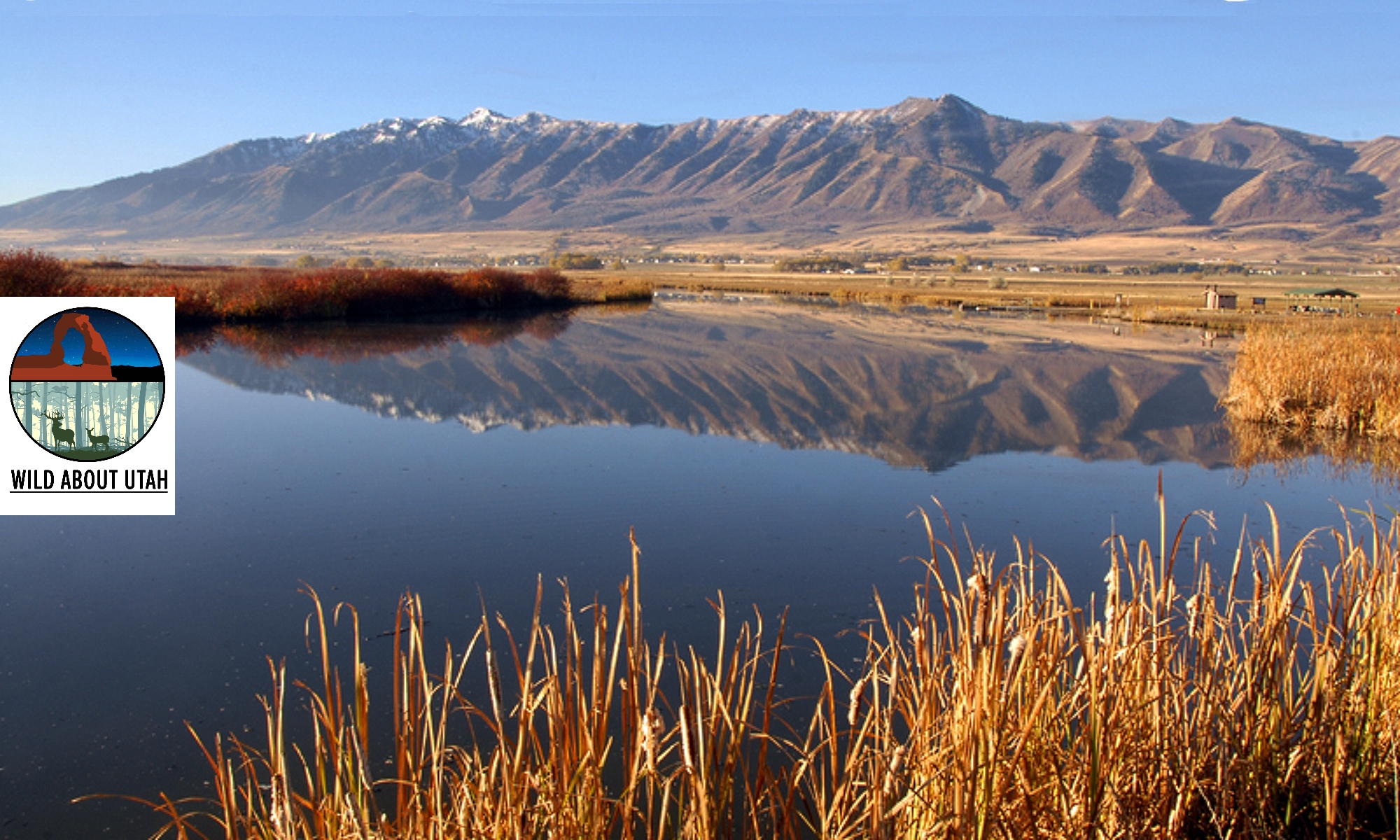
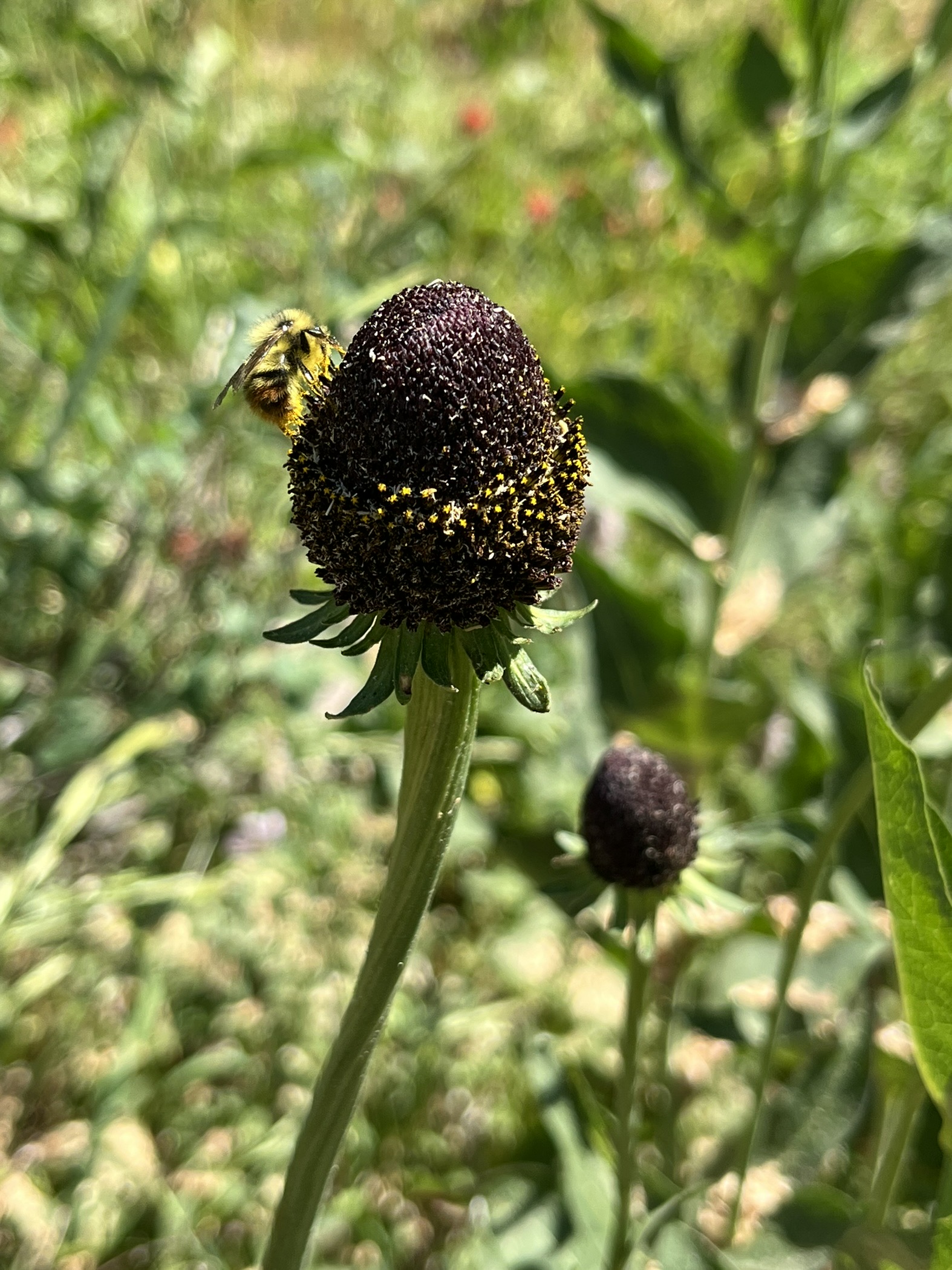
![Click for a larger view: The Bird [A Mallard Drake] Courtesy & Copyright Shannon Rhodes, Photographer The Bees and the Birds: The Bird [A Mallard Drake] Courtesy & Copyright Shannon Rhodes, Photographer](https://wildaboututah.org/wp-content/uploads/rhodes.shannon.the-bird-min-scaled.jpg)
